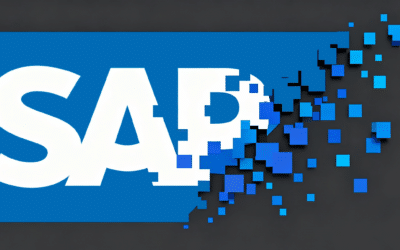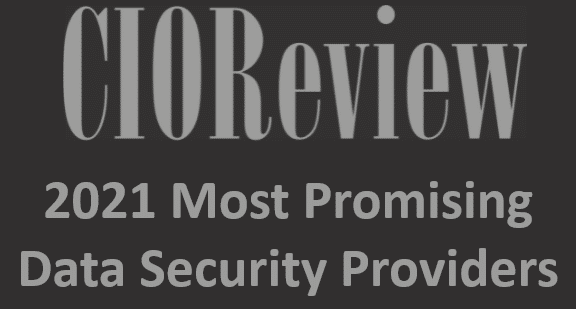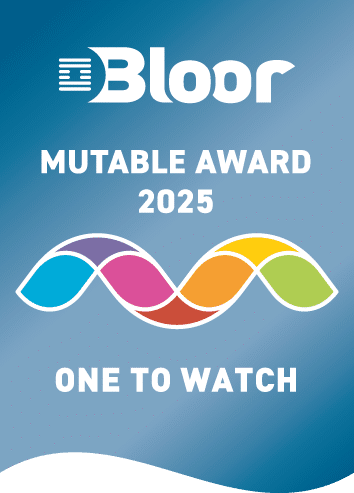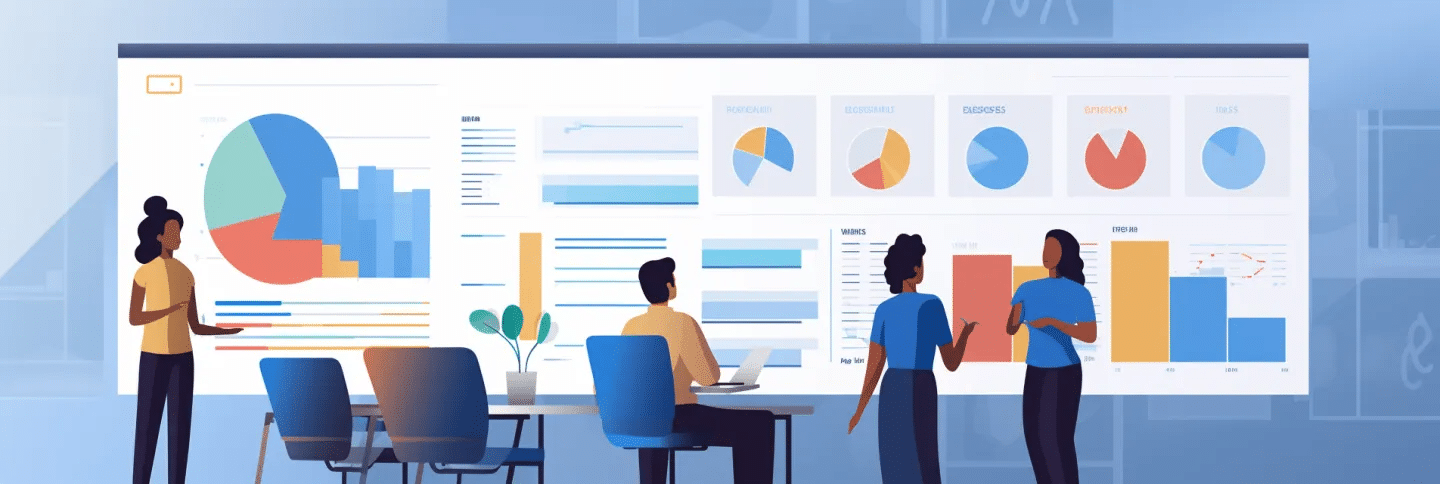
What are Post Implementation Reviews?
November, 2023
by Jane Temov.
Jane Temov is an IT Environments Evangelist at Enov8, specializing in IT and Test Environment Management, Test Data Management, Data Security, Disaster Recovery, Release Management, Service Resilience, Configuration Management, DevOps, and Infrastructure/Cloud Migration. Jane is passionate about helping organizations optimize their IT environments for maximum efficiency.
In today’s fast-paced business environment, the success of a project hinges not just on the effective execution but also on thorough post-completion analysis. This is where Post Implementation Reviews (PIRs) come into play. They are a critical component of project management, allowing organizations to evaluate the success and efficacy of their initiatives.
Innovate with Enov8
A Platform of Insight
Managing your IT & Test Environments, Releases & Data.
This comprehensive article delves into the concept of PIRs, their significance, and how tools like Enov8 Release Manager can revolutionize the way these reviews are conducted.
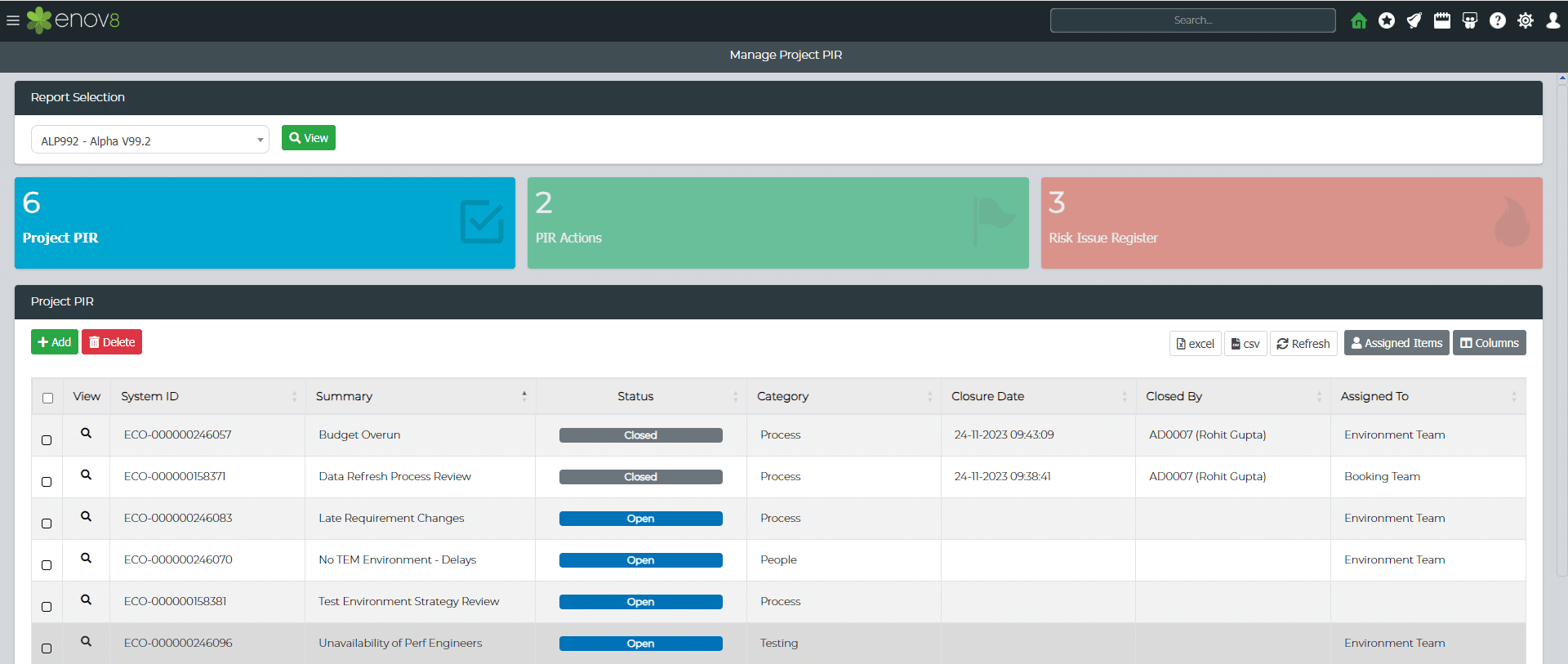
Conclusion
Post Implementation Reviews are an indispensable part of the project management process. They provide valuable insights into the successes and shortcomings of projects, driving continuous improvement. In the age of digital transformation, tools like Enov8 Release Manager are game-changers, enhancing the efficiency and effectiveness of PIRs. By adopting such tools, organizations can ensure that their projects are not just completed but also contribute to the long-term success and growth of the company.
This comprehensive approach to PIRs, facilitated by advanced tools, is not just a best practice but a necessity in the modern business landscape, where learning from the past to improve the future is key to sustainable success.
Relevant Articles
Enterprise Release Management: A Comprehensive Guide
Enterprise Release Management (ERM) is a set of end-to-end practices that enable large organizations to effectively manage software releases. ERM is uniquely designed for the challenges of multiple teams building and releasing software simultaneously. ERM establishes...
Your Essential Test Environment Management Checklist
“Test Environment Management Checklist.” Yep, that sounds like a mouthful, but don’t let that discourage you. The idea here is quite simple—adopting a checklist to evaluate the soundness of your test environment management approach. Even though the idea sounds simple...
A Detailed Guide to SAP Data Masking
SAP systems handle some of the most sensitive data in the enterprise: financial transactions, HR information, supplier records, customer profiles, operational details, and more. For that reason, copying production data into non-production systems without modification...
Release vs Deployment Management: What’s the Difference?
In the always-an-adventure world of IT service management, there are several key processes that are essential for delivering high-quality services to customers and end-users. Two of the most critical processes are release management and deployment management....
7 Tools to Help with Application Rationalization
Application rationalization is the process of identifying which applications an organization should keep, update, consolidate, or retire. Think of it as a financial adviser, but instead of your investment portfolio, it's your application portfolio. Most companies take...
Pairing DevOps with Test Environment Management
For many organizations, DevOps is the best practice for efficiency. However, this model doesn’t come easily as the organization needs to put certain things in place. For example, the firm needs to incorporate the right tools to ensure its delivery pipeline and...



